An article in the Weekly Sadhana Issue dated 30th July 2005 to commemorate the beginning of 150th Birth Anniversary Year of both Tilak and Agarkar. It was later published in the book ‘थर्ड अँगल’ (Third Angle) by Sadhan Prakashan as well. In a tribute to Tilak and Agarkar’s memory, we would like to present that article to you in English.
My Dear Practical Friends,
Right from our earliest history lessons in school, the names of two great men, Tilak and Agarkar, are always mentioned together and imprinted in our minds, practically fused as one. We hear a lot about their extraordinary courage, exceptional sacrifices, and their pivotal role in shaping Indian society. But what often sticks with us is this: Tilak was radical, and Agarkar was moderate! Radical means aggressive, demanding immediate action; while moderate means gentle, advocating gradual steps!
As one delves deeper into history, it becomes gradually clearer that labeling Tilak as radical and Agarkar as moderate is an injustice to both. While it’s true that Tilak was radical with regard to political reforms and Agarkar was more restrained, their roles totally reversed when it came to social reforms: Tilak was the moderate one, and Agarkar was the radical. From 1880 to 1895, political movements were not very prominent, and it was during this time that Tilak and Agarkar clashed over issues related to social reforms. Therefore, if we must assign labels, it should be said that Agarkar was the radical and Tilak the moderate. This conclusion is quite the contrary to what textbooks taught us. As responsible members of youth eager to contribute to society, its crucial for us to understand the personalities, roles, and disputes of Tilak and Agarkar. A perfect opportunity to gain a deeper understanding of both figures has presented itself right now. Gopalrao Agarkar was born on July 14, 1856, and Balwantrao Tilak on July 23, 1856. Their 150th birth anniversaries were celebrated over the last few days.
We are currently going through a socio-politically transitional period, experiencing confusion; however, understanding Tilak and Agarkar can potentially reduce this confusion.
Tilak and Agarkar, two bright minded young friends in their mid-twenties embarked on a vigorous campaign of public education to awaken an inert society under foreign rule and free it from oppressive customs and traditions. For the next five to six years, they became the subject of admiration among the educated class of their time. By the time they turned thirty, their conflict of perspective escalated, making them adversaries of each other. For the following decade, their debates on social issues stirred the educated population of Maharashtra so, that they have influenced the way Socio-political change-makers and welfare champions think for the next century! Isn’t it fascinating to understand all this?
Dear Practical friends, the conflict between Tilak and Agarkar was fundamental. During the fifteen years from 1880 to 1895, they went through four stages: friendship, professional cooperation, disagreement, and antipathy. Tilak was not against the social reforms, but there were stark differences between him and Agarkar regarding the pace and methods of those reforms. At that time, no game-changing political movements or reforms were underway, hence various social reforms and their ramifications formed the basis of their disagreements. Had Agarkar lived longer, they would have eventually locked horns on the political front for certain.
Both understood the importance of political and social reforms. Their predecessor, Justice Ranade, strongly emphasized the importance of working simultaneously and harmoniously on both types of reforms. Tilak and Agarkar agreed with this. However, Agarkar’s natural inclination was to work towards social reforms, while Tilak’s was towards the political arena. Agarkar wanted to fight against the established societal customs, while Tilak wanted to fight against the established power. Agarkar’s struggle was against his own people, whereas Tilak’s was against foreigners. They represented two opposing power dynamics.
Tilak believed that independence and self-rule (Swarajya) should be prioritized and once we have independence, we can swiftly and smoothly implement social reforms. In contrast, Agarkar argued that unless we prioritize social reforms, achieving independence and seizing power would be difficult. Even if we do achieve that feat, rapid social reforms would still not be possible. The primary disagreement between Tilak and Agarkar was over the priority to be given to political independence versus social reforms.
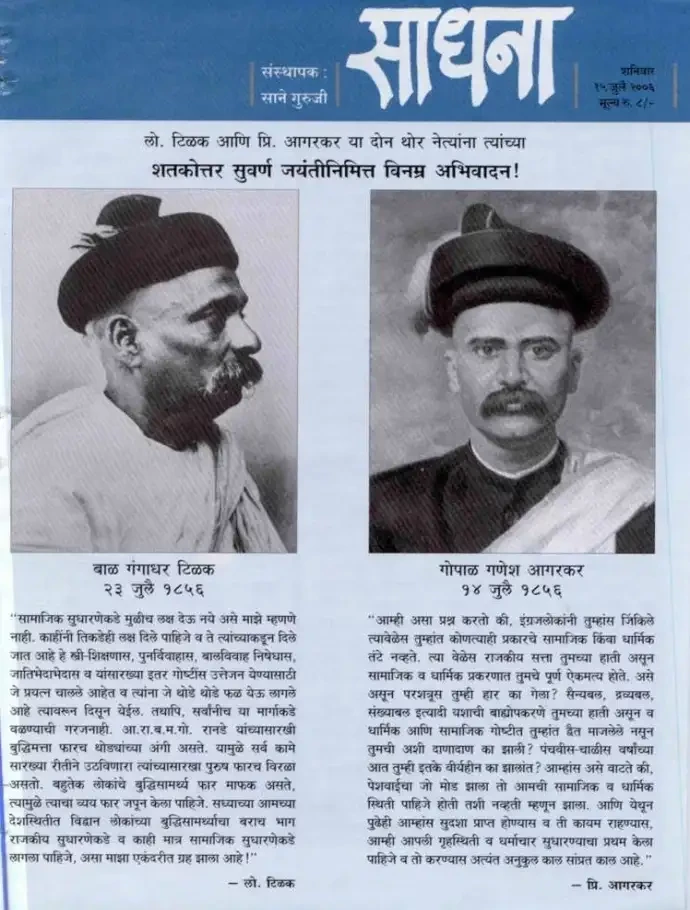 (Sadhana Weekly dated 15 July 2006 - Cover)
(Sadhana Weekly dated 15 July 2006 - Cover)
Fifty years after Agarkar’s death and twenty-five years after Tilak’s, India became politically independent. Inevitably the debate between Tilak and Agarkar got remodeled into a new form. The goal was no longer political Independence, and the social reforms had advanced considerably. The debate now focused on the path and method of the country’s development: whether development and social change could only be achieved through political power, or whether fundamental change must be pursued through social engagement, not political stature. A large group believed in political means, while a smaller group believed in social engagement for fundamental transformation. Both the groups understood the strengths and limitations of one another, but still they clashed. Each developed a keen aversion from the other group, confined by their self-created boundaries, fostering enormous ego and contempt for the other. Consequently, both parties lost face, not being able to leave much of a mark on the society.
Over the past decade, political and social debates seem to have emerged in a new form. Movements advocating that changing individuals will change the system have rapidly gained prominence. Conversely, groups believing that only systemic changes can reform individuals are now speaking in weaker, subdued voices.
Religious leaders preach to their followers: Nothing can change through political reforms; even social reforms are meaningless. The need of the hour is changing people! Those responding to these teachings (falling victims to them?) have been increasing in number. Some support the idea that enlightenment can’t change people; only when the system changes, people change.
In the end, whether it’s political reforms vs. social reforms, political power vs. social work, or changing systems vs. changing people – the fundamental debate remains the same year after year. Radicals of both sides – in words and action – are few. But they possess the power to revolutionize the thinking of the entire society. Representatives of both sides make a lasting impact on society. We can find them at home, at work, in schools and colleges, - everywhere we go. They shape our points of view. The question is, are we ever going to recognize and acknowledge this influence?
Practical friends, observe yourselves, the people around you, and those you admire. Reflect on how you perceive problems and find solutions. Consider how much blame you assign to yourself, to circumstances, or to the system. This endeavor, though exhausting, will help you realize your inclination. Whether it’s political or social issues, you tend to lean more towards one side. Whether it’s a person or a system, you tend to assign more blame to one. Even when seeking solutions, we often engage in self-serving behaviors. No matter how balanced someone may appear, their scales do tip to one side, even if by miniscule margins!
The stronger the bias, the farther you move from reality. Reducing bias is an effort towards getting closer to reality. Our intellectual development is an extremely intricate and incessant process. Therefore, we must bear in mind that the expected change won’t happen quickly either. But if you strengthen whichever is weaker - the social or political side of yours - then the tendency to always assign the blame to only one of systems and individuals will diminish, and a balanced, realistic view will prevail. What else does Understanding Tilak and Agarkar mean
Vinod Shirsath
(Editor, Sadhana)
Read the Original Article in Marathi (Sadhana 30 July 2005): वास्तवाच्या जवळ जाण्यासाठी…
Translated by Rucha Mulay
Tags: lokmanya tilak tilak-agarkar political history social Load More Tags

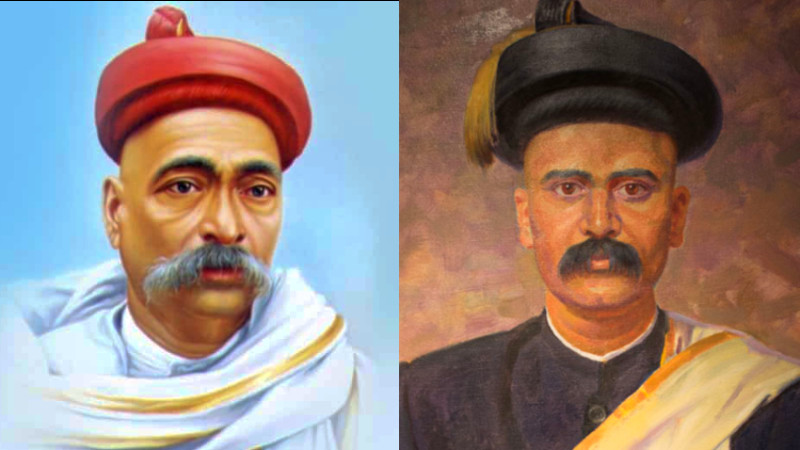
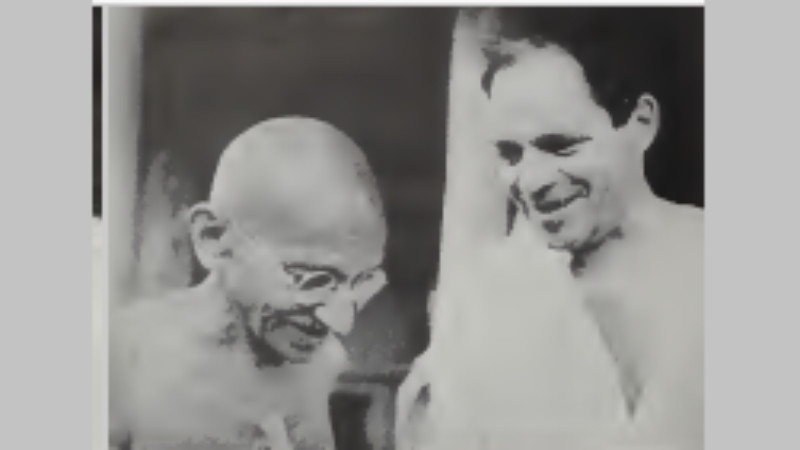
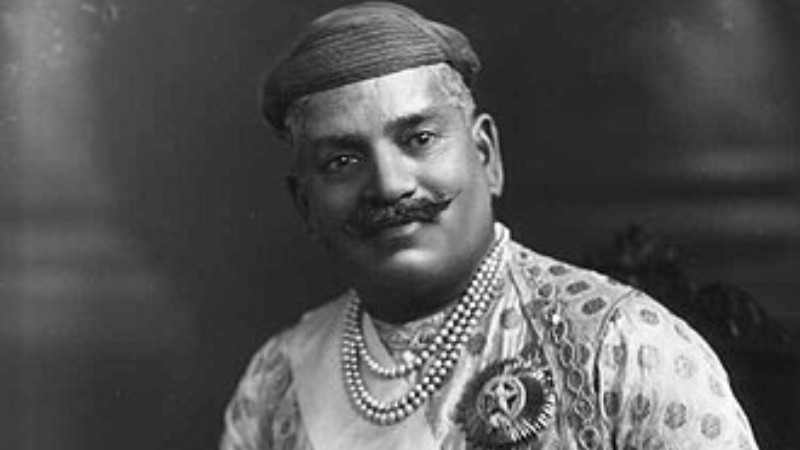
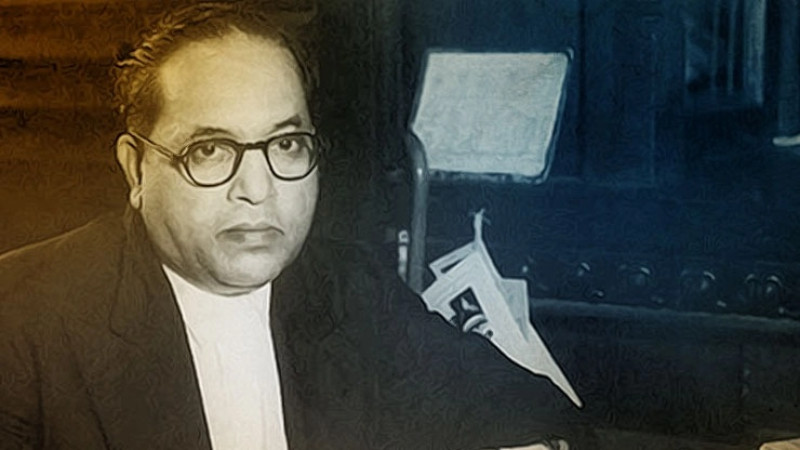

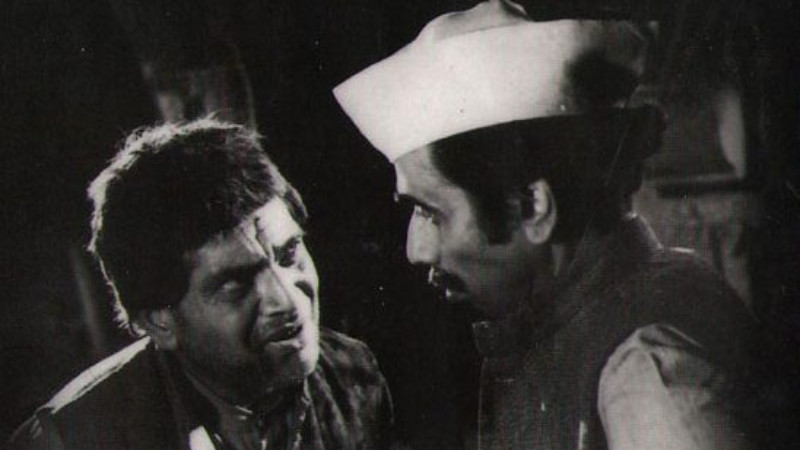
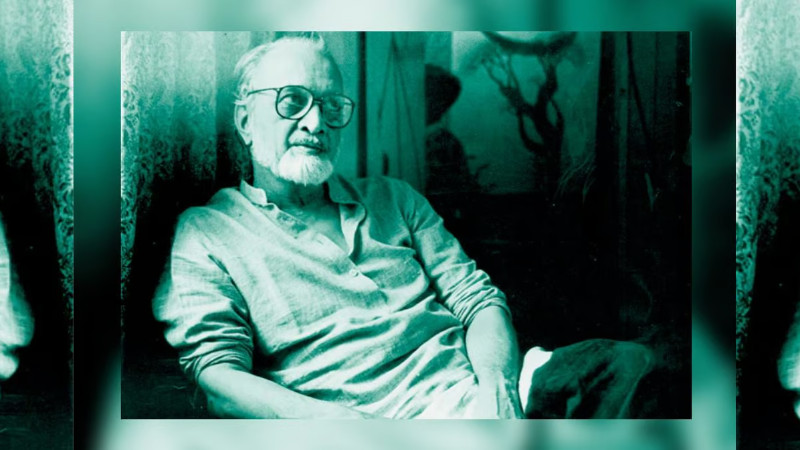


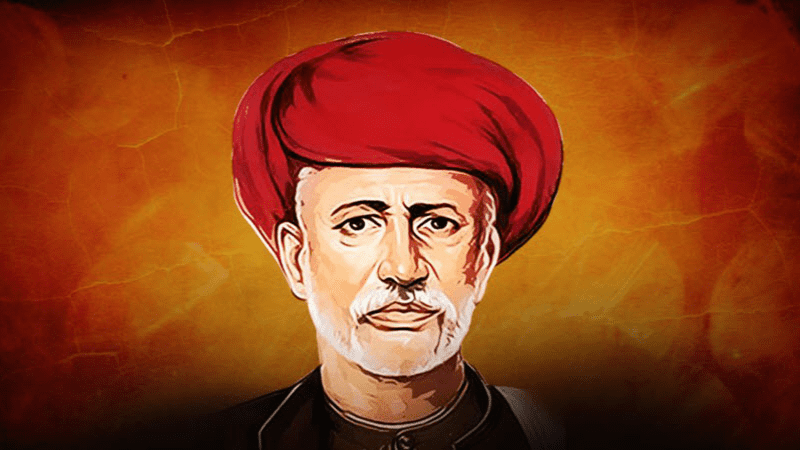
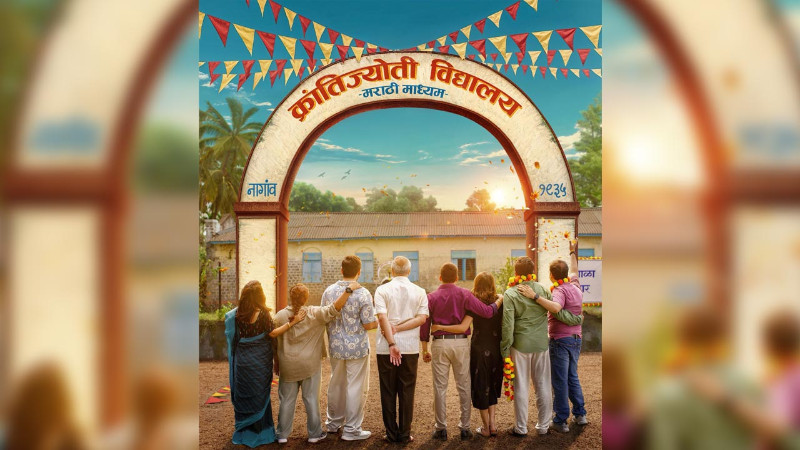
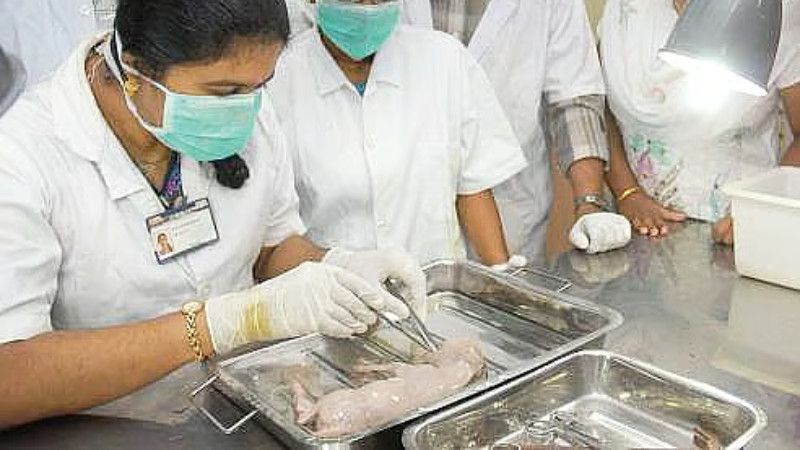
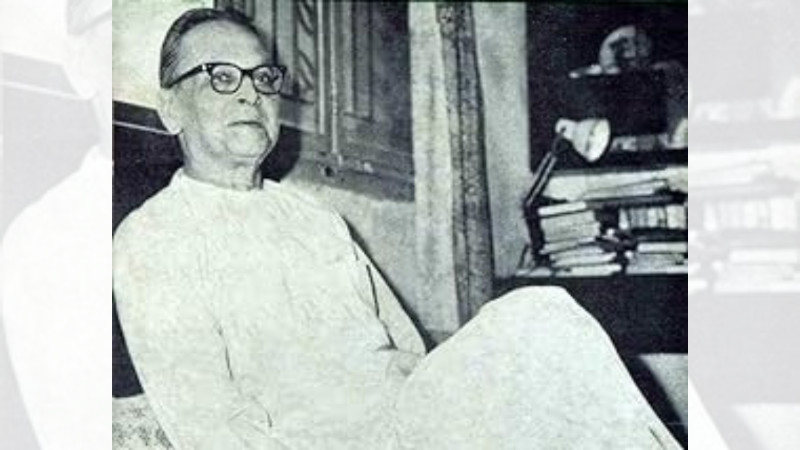
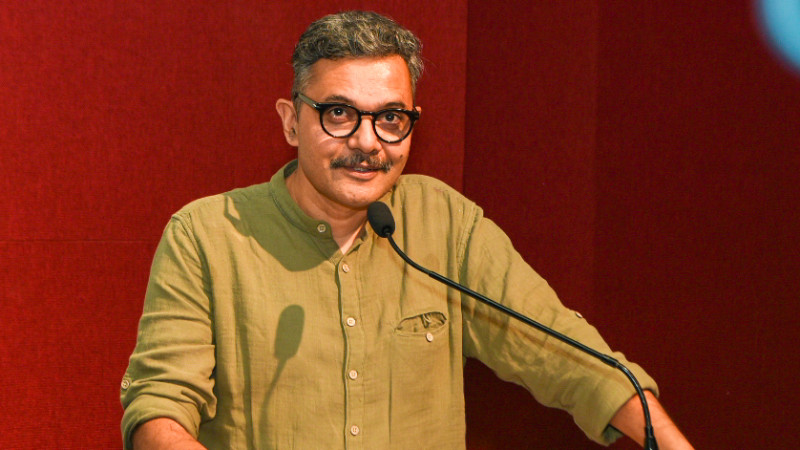
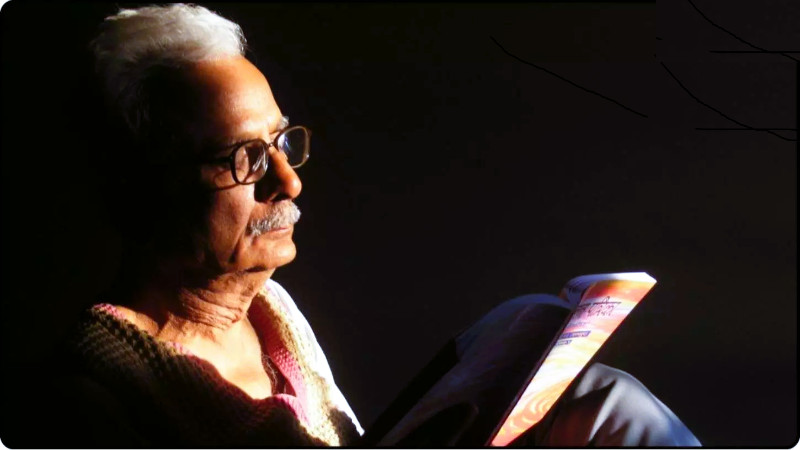
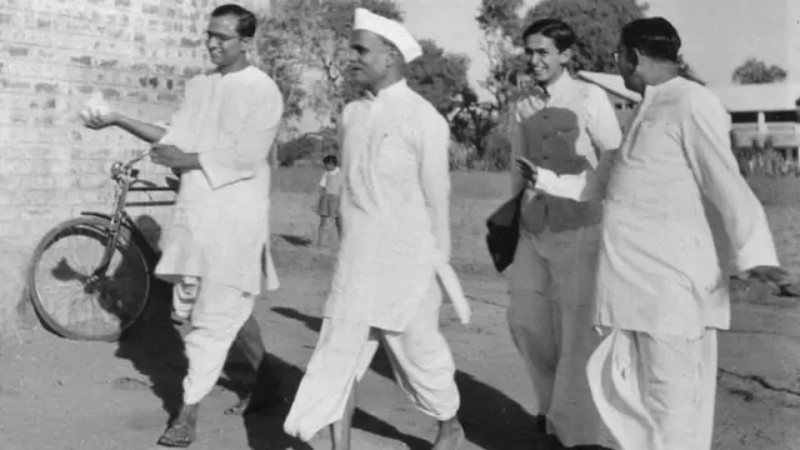
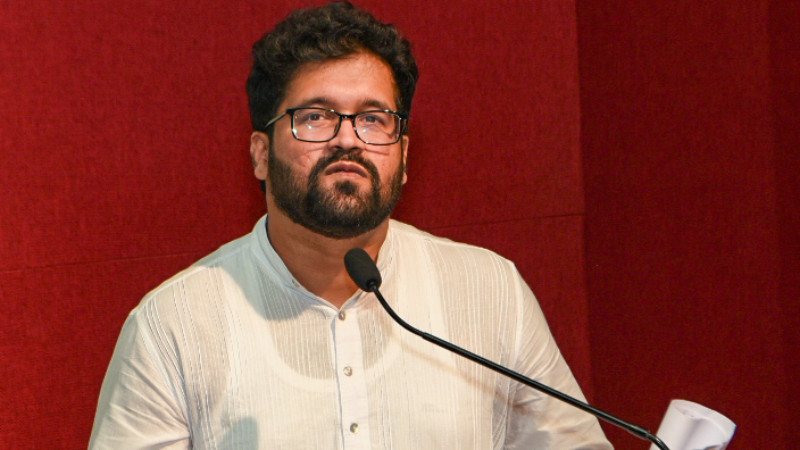
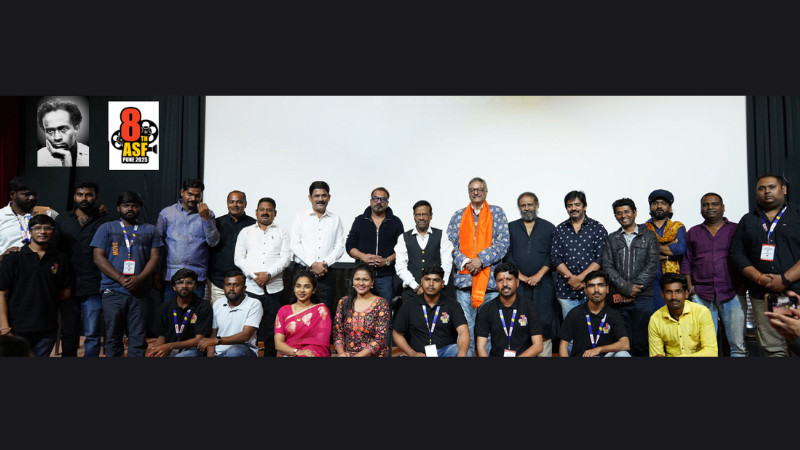

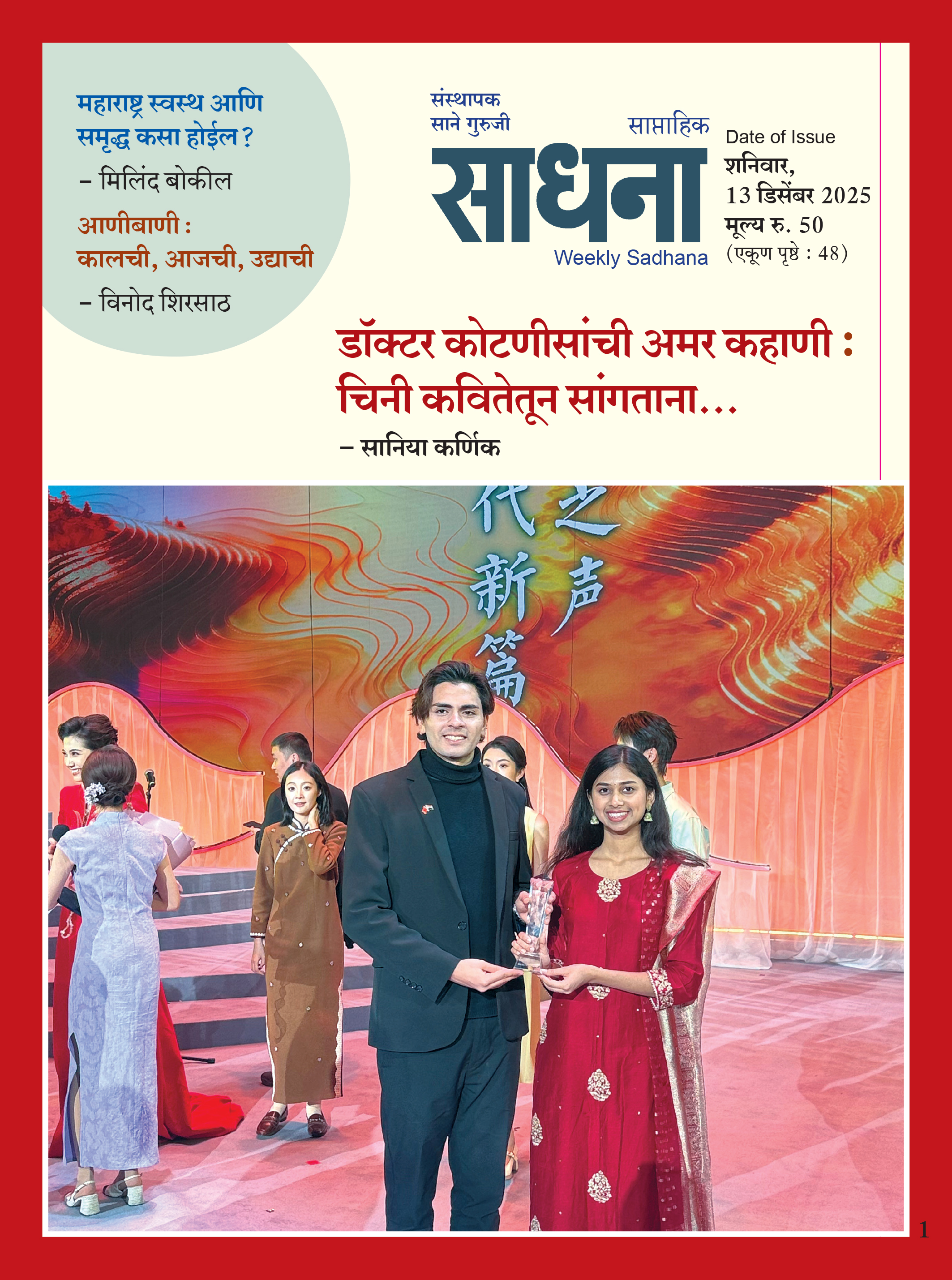













Add Comment